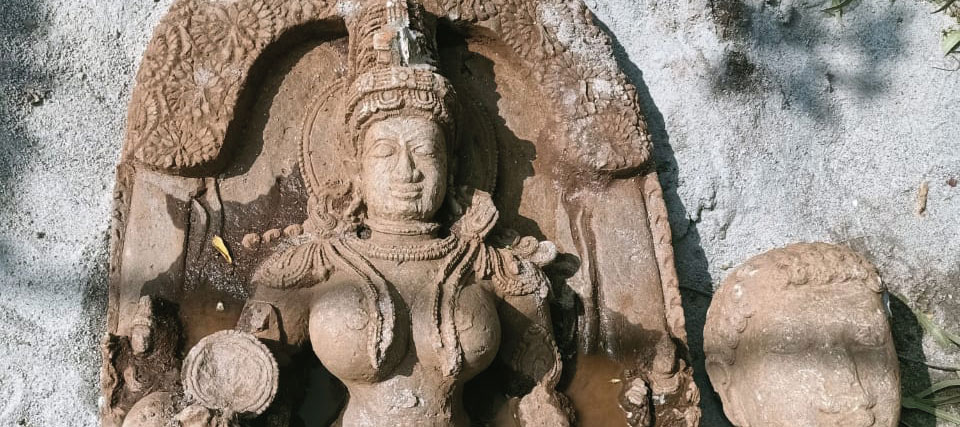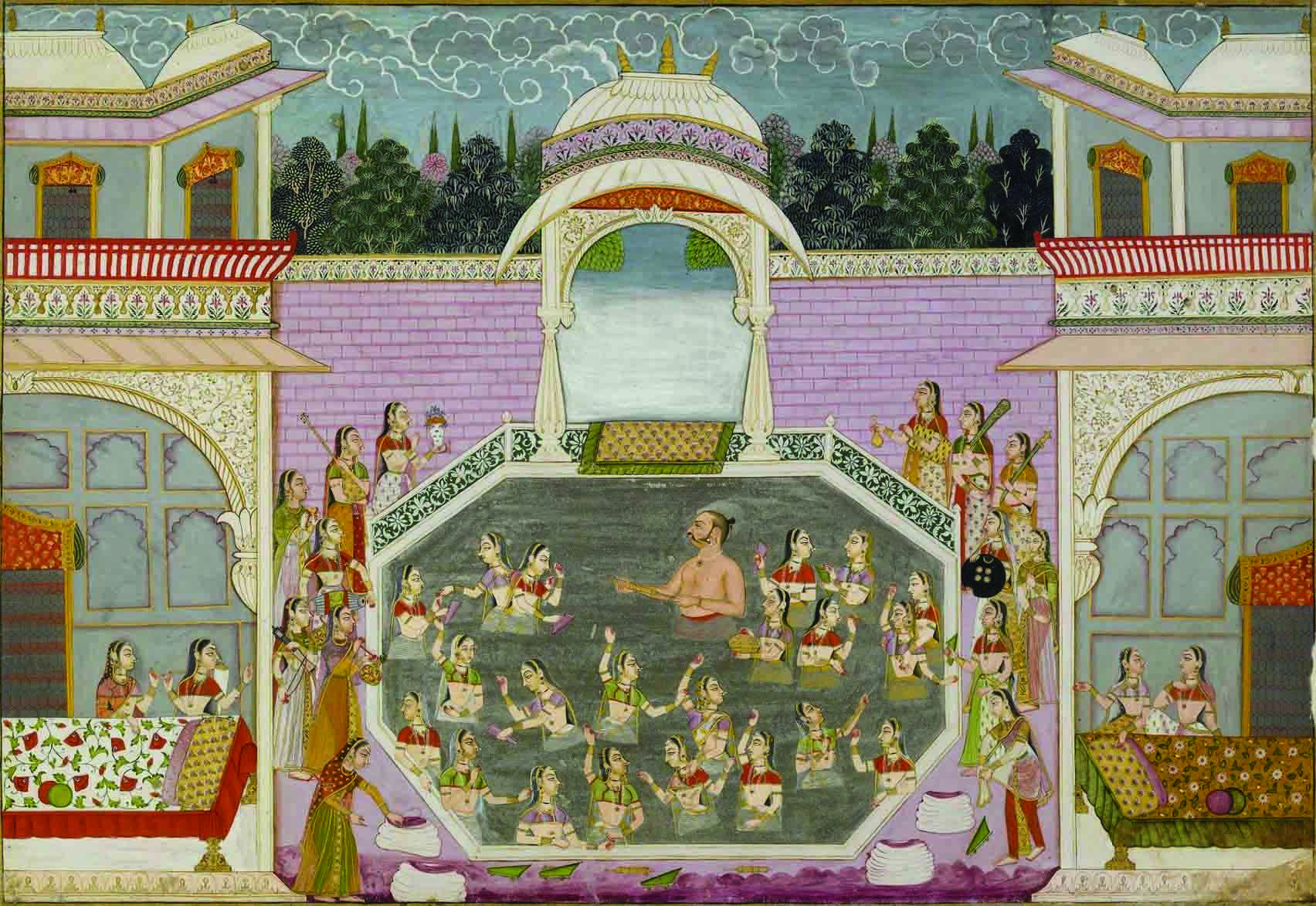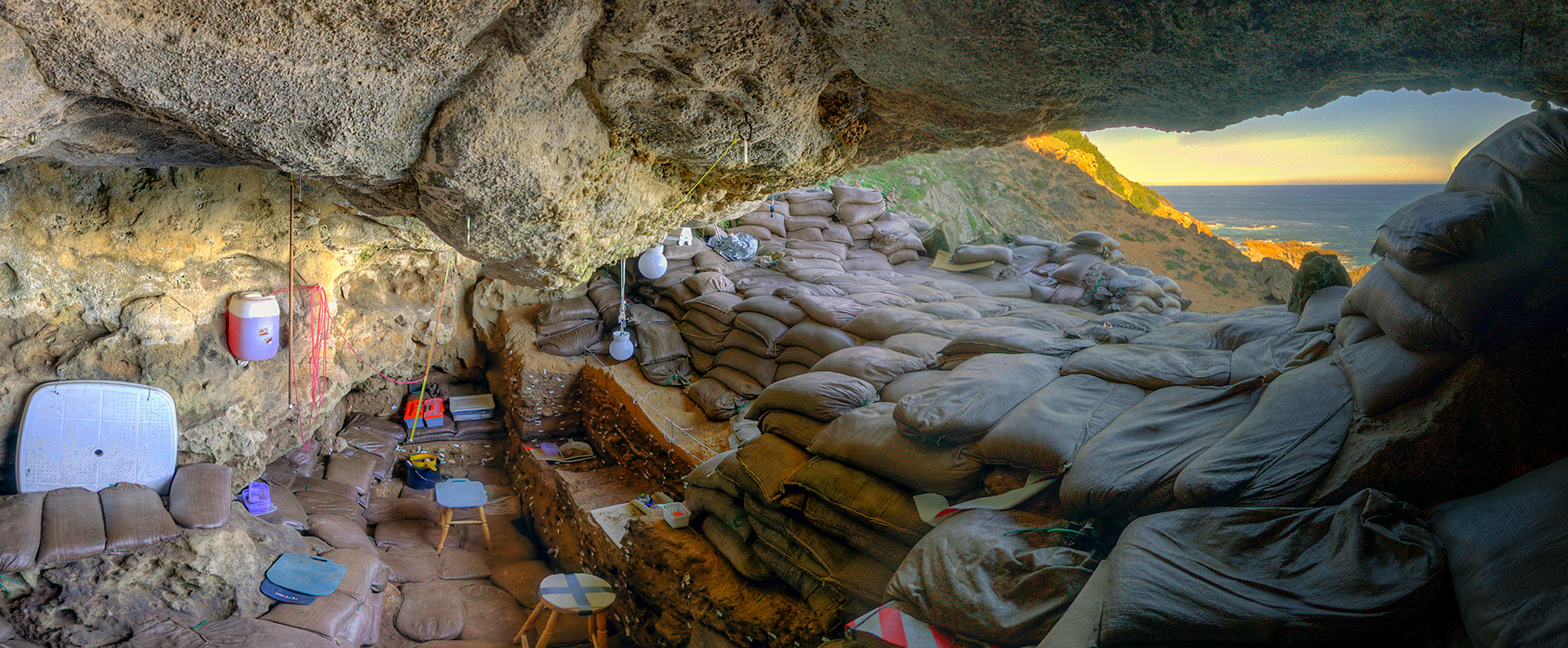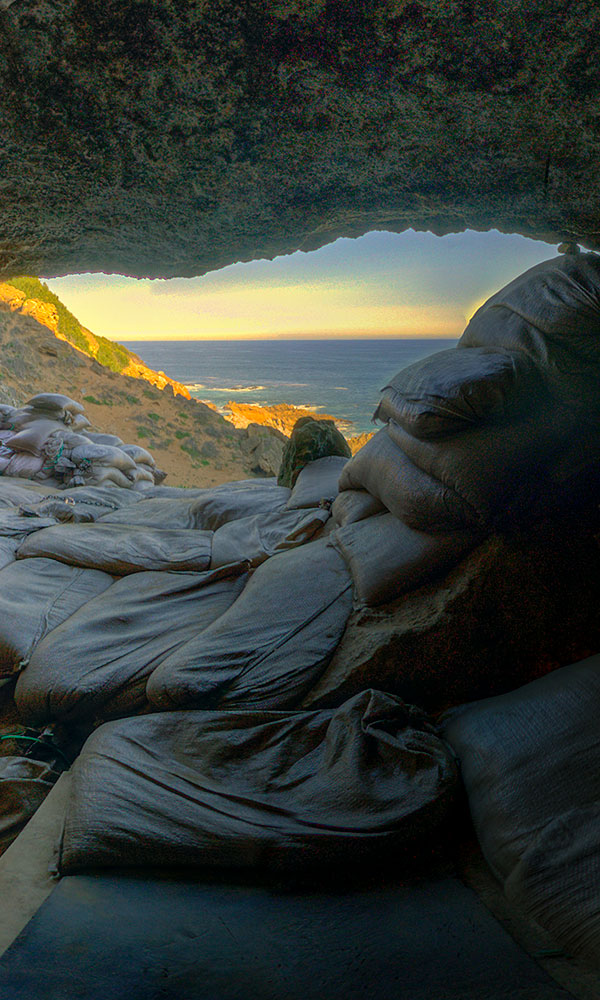
In the coastal Konkan region of India’s western state of Maharashtra, around 1,000 petroglyphs have been discovered spread out over dozens of different sites. Nearly all of them are found on hilltops. In a few cases, local people were aware of the designs, but most were previously unknown—and many were hidden beneath a layer of earth. The carvings depict a wide range of subjects, including elephants, monkeys, peacocks, sharks, and alligators, as well as human figures and geometric patterns. According to Tejas Garge, director of the Maharashtra state archaeology department, the drawings were probably created between 12,000 and 5,000 years ago. Little is known of their creators, however, as no associated settlement sites have been found. Given that the carvings don’t depict domesticated animals and agricultural activities, says Garge, the people who made them were likely hunter-gatherers.











